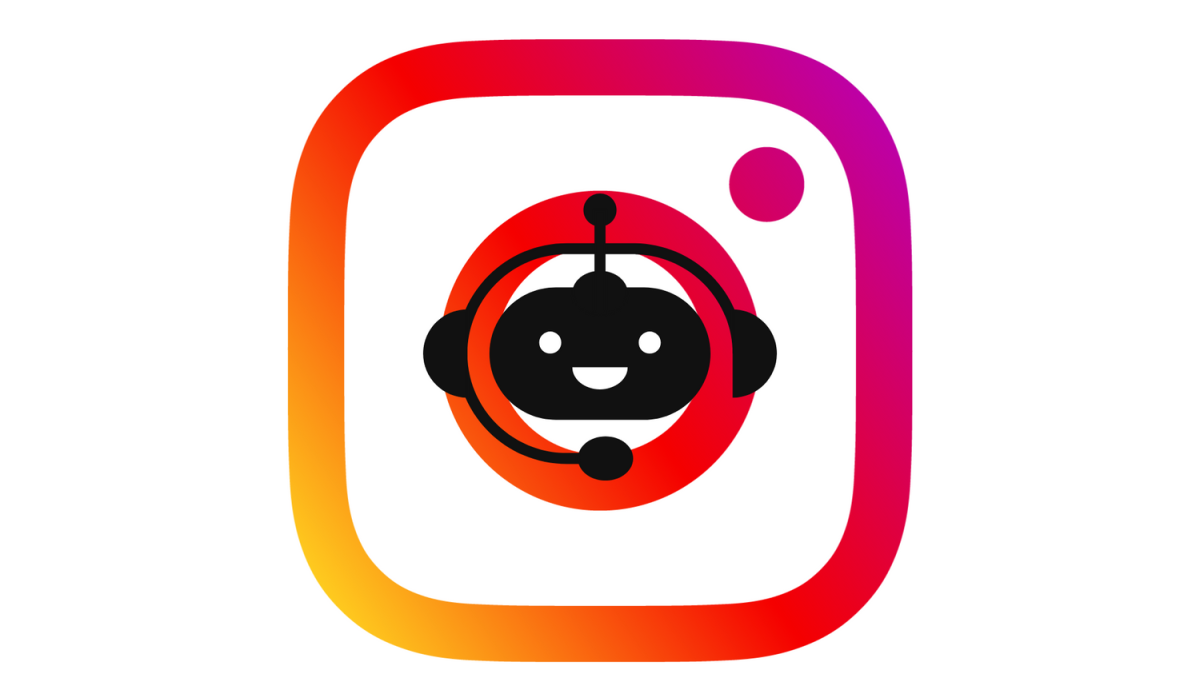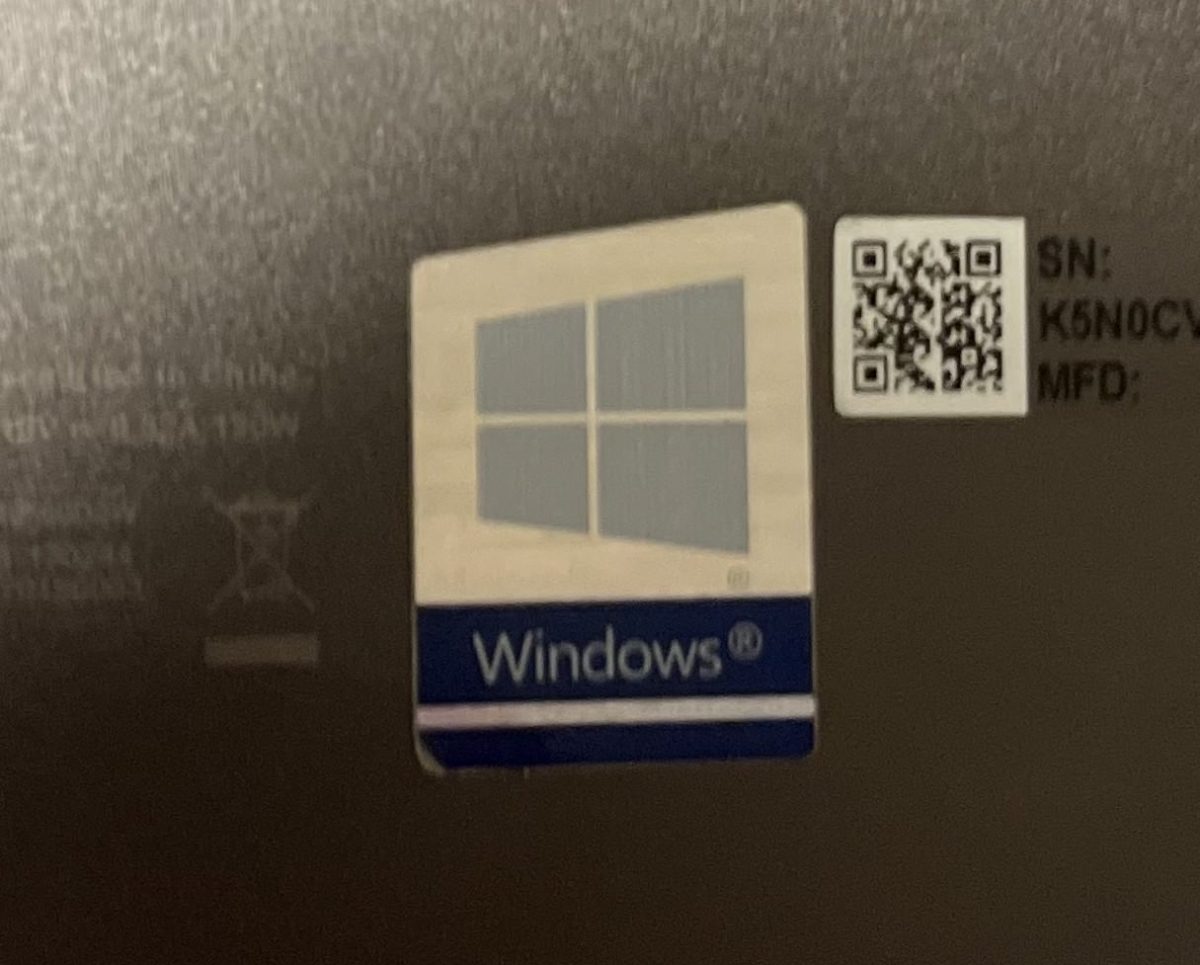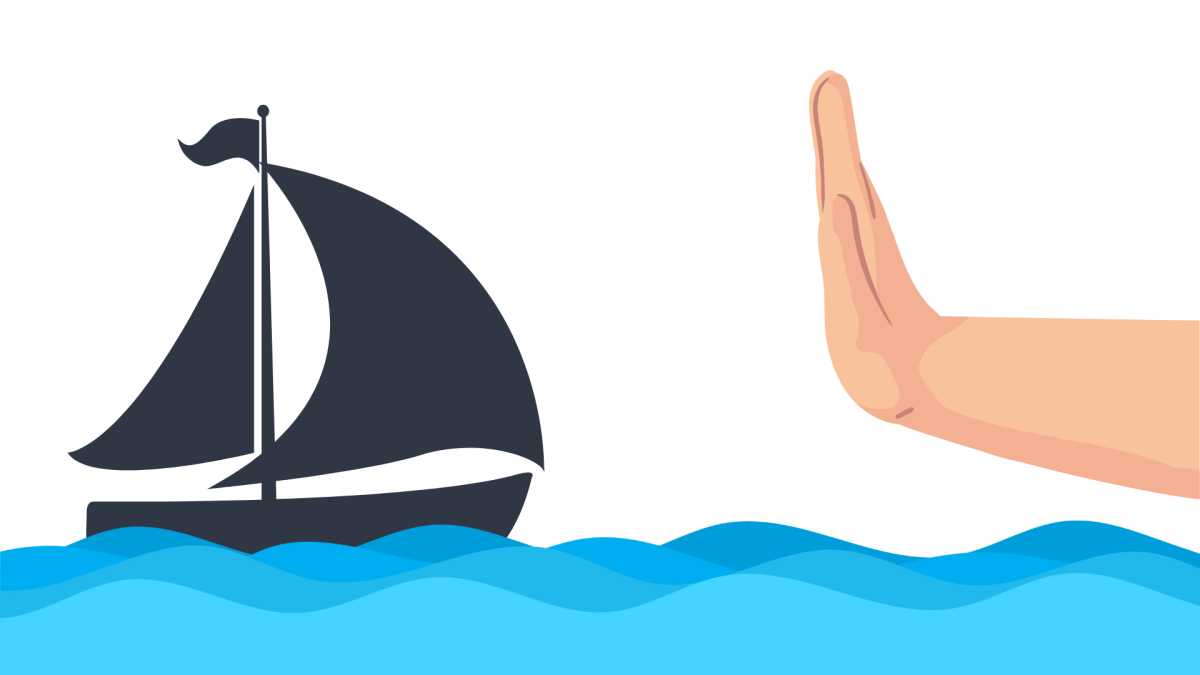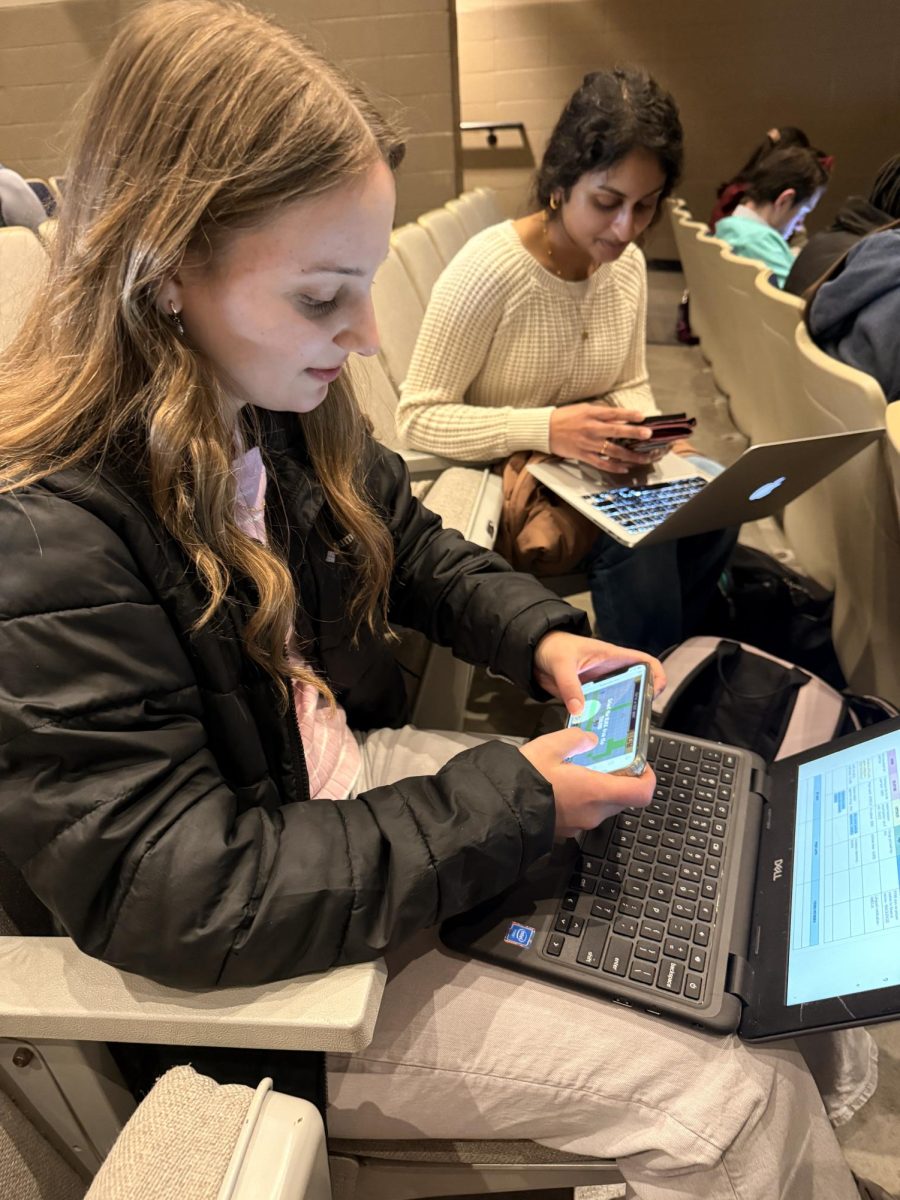In today’s society, there seems to be one thing that the whole world revolves around: the internet. Somehow, the internet creeps its way into each person’s life; through social media, banking, online shopping, and so much more. The ~seemingly~ simple lifestyle the internet can bring also creates a lot of curiosity. Through social media and news sites, the world receives information about anything and everything, even if it isn’t true.
Scrolling through a Facebook newsfeed is a great way to stay in contact with loved ones who live far away, but sometimes those ‘sponsored’ ads or pop-up articles are simple clickbait for false stories. Students are taught throughout school how to decipher between reliable and unreliable sources. Not only does this apply to the research paper or essay being written, but to every news article, YouTube video, and gossip post read or watched. According to Millenama Prasai, senior, unreliable resources are a common occurrence in her searches “at least a couple times a week.” Although deciding whether the source is factual or not can be time consuming, re clicking on sites that give out false information is only making them money.
Teachers give students as much guidance as they can on deciding whether a site is an accurate source of information by advising them to stay away from ‘.com’ and other site names. Unfortunately, articles showing up on social media accounts do not always have their web addresses available for people to view. Since social media takes up the biggest portion of what people see each day, it is important to be able to tell the difference between the ‘good’ and ‘bad’ articles.
Of course, one of the easiest ways to check for reliable information is to check more than one source. By typing in the headline to google, it is usually easy to find an article by CNN, ABC, MSNBC, or USA Today that will provide a good source to compare information. Prasai said, “It depends on the subject,” as to whether she checks another source, because sometimes the gossipy clicks just aren’t worth spending extra time on. On the other hand, Kayla Reilly, junior, takes time to check information: “Most of the time, yes.”
The internet has proven to be one of the best inventions of all time to a lot of people, but with its many, many perks come a few downsides. Trusting the internet can sometimes be tough, but there is so much to learn from websites that have had so much time put into them. Determining whether sources are good or not has just become a fact of life. There’s not much that can be done to prevent it, so learning to weed out the bad is the only option. Learning comes at its advantages and disadvantages, but the good often outweighs the bad.















connor fields • Nov 3, 2016 at 9:45 pm
love the article keep it up
Julieta • Nov 3, 2016 at 9:45 pm
I agree many times I can’t even decipher between real or false stories.